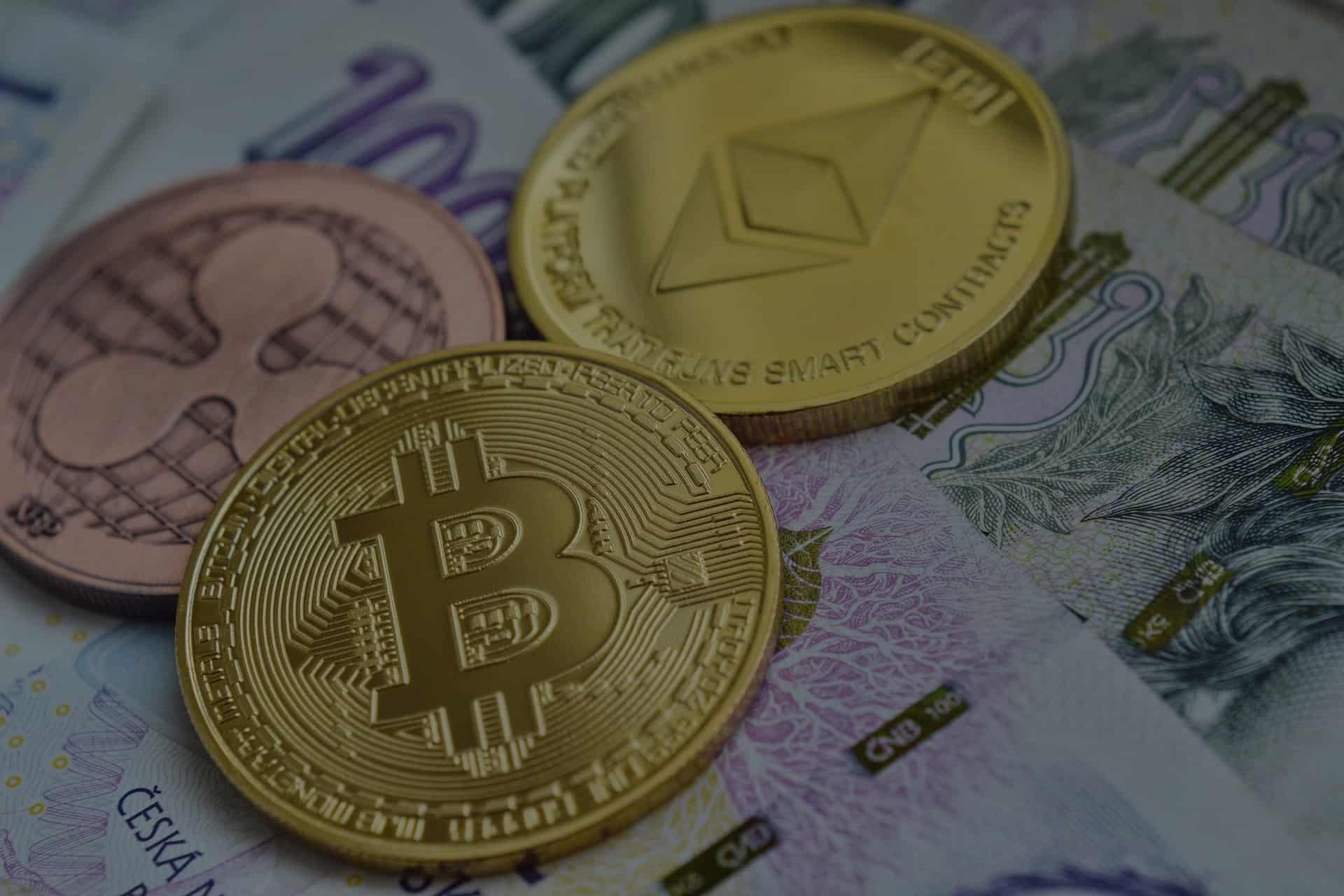Our research group around group leader Bernhard Haslhofer explores the world of financial innovation, including cryptocurrencies or decentralized finance. A world with so many technical terms that it is time to bring some light into the darkness. Let us start with:
DECENTRALIZED FINANCE SIMPLY EXPLAINED
Decentralized Finance (DeFi) includes all financial services that are not offered and controlled by central institutions as in the traditional financial sector.
In the traditional financial sector, there is a central entity – such as a bank, stock exchange or insurance company – that acts as an intermediary between two parties. This is the case, for example, with loans, savings plans, insurance, or investments in any form of assets. Here, a company or person controls all transactions and services that take place.
With Decentralized Finance (DeFi), no person or company has full control over the service. There is no need for these external bodies to have all the threads coming together. Instead, this task is performed by the network of participants itself. And this is governed by the “rules of the game” in the protocol. Usually, this is a blockchain protocol that enables decentralized organizations through so-called smart contracts.
The underlying programmability opens up new opportunities for more competitive and contestable financial markets that may deliver efficiency gains. However, DeFi introduces enormous technological and economical complexity. This makes the interpretation, evaluation, and risk assessment of DeFi financial products increasingly tricky. “We are confronted with a new form of financial engineering. A systematic evaluation of these aspects by financial institutions and regulators dealing with DeFi is necessary,” emphasizes Bernhard Haslhofer.
Together with the Bank for International Settlements (BiS), his team recently published a paper on “The Technology of Decentralized Finance”. In it, the research team defines DeFi as: a competitive, contestable, composable, and non-custodial financial ecosystem built on technology that does not require a central organization to operate. For a comprehensive overview and better understanding of DeFi, see the paper here.
BLOCKCHAINS SIMPLY EXPLAINED
When we want to send values via the Internet (for example, when shopping on the Internet), the purchase is always handled by a third-party provider. This central computer system of the third-party provider comes at a price: fees, of course, but also trust.
A blockchain aims to replace intermediaries. A transaction is no longer processed through a central server, but through the computers of network participants. To that end, you could think of a blockchain as a kind of public transaction database. A kind of shared, non-manipulable ledger, in which all transactions are added in chronological order. So the ledger no longer resides in the filing cabinet of the accounting department or on a private computer. Rather, it is located in thousands of copies on the computers of all members of the blockchain. When someone carries out a transaction, it appears in all the other cash books as well. Thus, anyone on the network can check any transaction at any time. A transaction in the blockchain is not finally confirmed until it is included in a block visible to all participants. How this is done varies depending on the blockchain.
With the advent of Ethereum, any type of asset can be virtualized as a token – this is called “tokenization”. Here, an asset can be either tangible (a house, a car, cash, land) or intangible (intellectual property, patents, copyrights, trademarks). Almost anything of value can be tracked and traded on a blockchain network, significantly reducing risk and cost for all parties. Tokens are managed by software programs that run on a blockchain. These software programs are also known as “smart contracts”.
SMART CONTRACTS SIMPLY EXPLAINED
Basically, they are nothing more than software programs that implement functions and rules. For example: If X happens, execute Y. Since they are stored on the blockchain, they cannot be changed. Smart contracts are, for instance, are used to implement decentralized exchanges (DEXs), that allow users to convert crypto assets without relying on centralized and increasingly regulated crypto asset exchanges. The lack of regulation makes them very attractive for money laundering.


